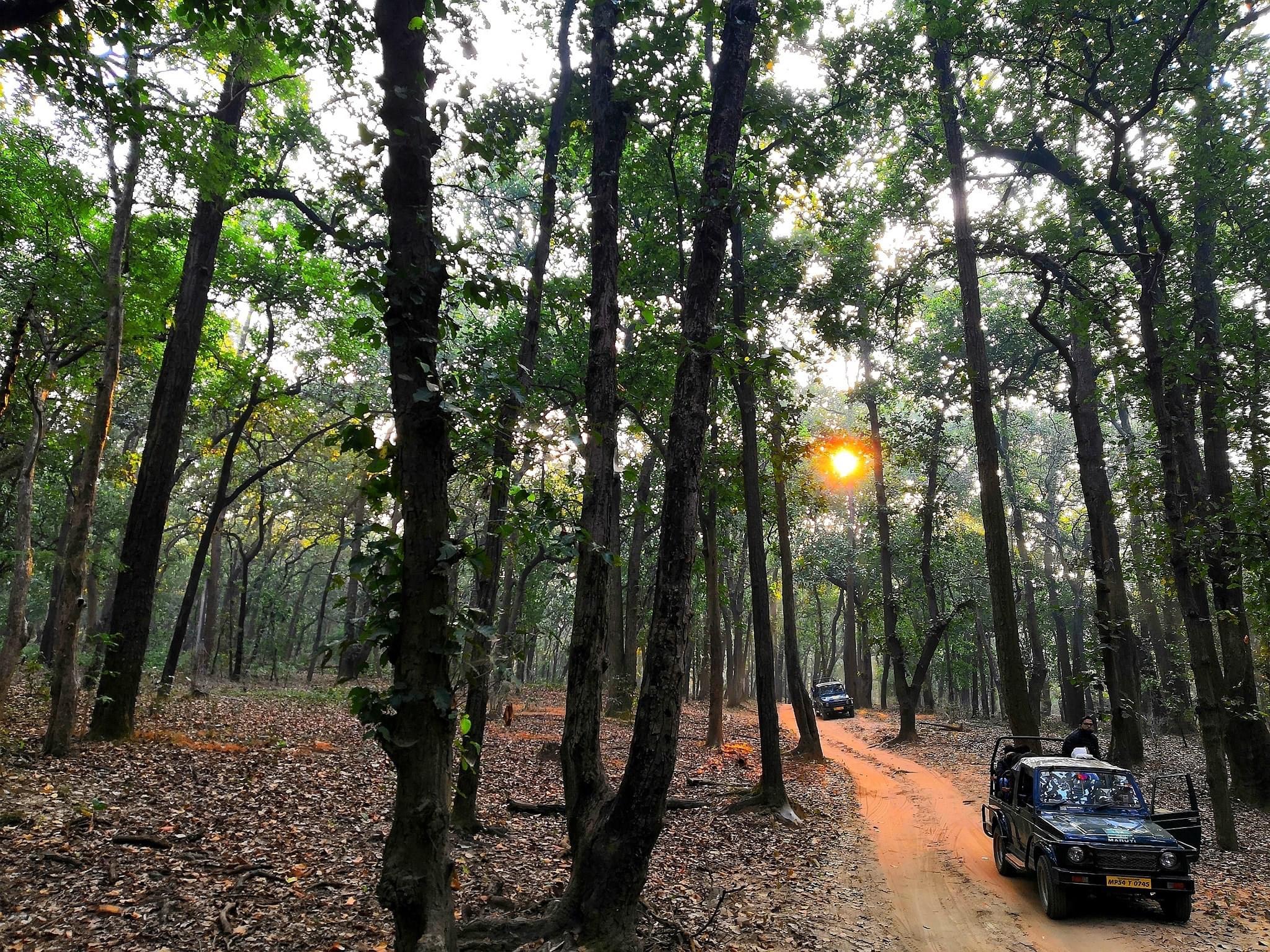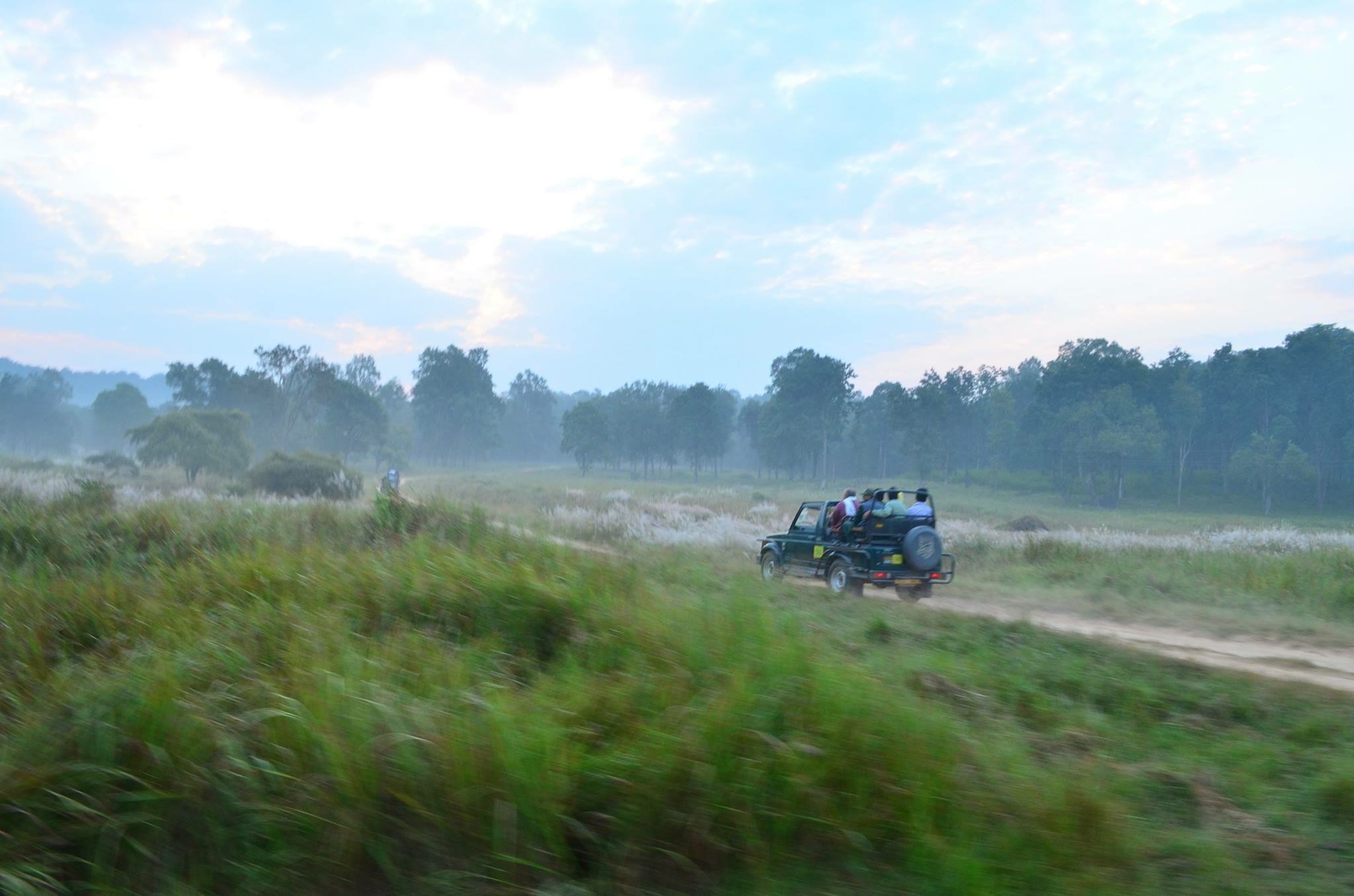Kanha originally formed a part of the Gondwana or the “Land of Gonds”. These forests were inhabited by two aboriginal tribes, practicing shifting cultivation and subsisting on forest resources.

The Baiga are among the most primitive tribes of India. They are skilled woodsmen, practicing shifting cultivation and survived largely by hunting and gathering honey, herb, gum, flowers, and fruit from the forest. These and locally crafted handicraft items like mats, umbrellas and basket are bartered for cloth, salt, utensil and ornaments in the weekly bazaars, although now cash is the economic vertical.They are remarkably knowledgeable about the surrounding forests,animals and plants. Naturally, they make extremely good trackers.The Gond have racial affinity with the aborigines of Australia. They speak various dialects of Gondi, an unwritten language. Some have lost their own language and speak Hindi, Marathi or Telgu. They practise shifting cultivation and worship nature, village deities, the tiger and their ancestors.

There are many local tales and folklores about how Kanha was christened.. Some say it comes from Kanhar, a type of locally found clayey soil found in the area. Others say the area is named after Kanva, a holy sage who resided here and was the father of Shakuntala, the lead character in Kalidasa’s famous play “Abhijñānashākuntala”.
An important character of the great Indian epic Ramayana, Shravan Kumar was taking his blind parents on a pilgrimage with the help of a device like a balance, to carry them on his shoulders.
As the legend has it, he was passing through the forests of Kanha when King Dashratha, the father of Lord Rama, was hunting in these forests.One evening, Sharavan Kumar went to a tank for water for his thirsty parents.
King Dasharatha, in the darkness mistaking the sound of Shravan’s pitcher being dipped in the pool for a deer drinking water, killed Shravan.Hearing Shravan’s cry King Dashratha rushed to the spot and discovered his mistake .
Before breathing his last Shravan asked the king to carry the water to his thirsty parents. When Shravan’s parents learnt of their son’s death, they cursed King Dasharatha that just as they would die pining for their son he, too would die without his beloved sons at his death-bed.
Shravan Tal, a small tank in the central Kanha meadows, is the site where the episode is believed to have taken place. Other spots connected to this story are Dasharatha Machan, the place from where King Dasharatha shot the arrow, and Shravan Chita, the place where Shravan is said to have been cremated. This also remains a favourite tiger sighting spot, especially in summers.
Kanha originally formed a part of the Gondwana or the “Land of Gonds”. These forests were inhabited by two aboriginal tribes, practising shifting cultivation and subsisting on forest resources.



WhatsApp us